Home>Home Appliances>Home Automation Appliances>What Is The “Y” Wire On A Thermostat
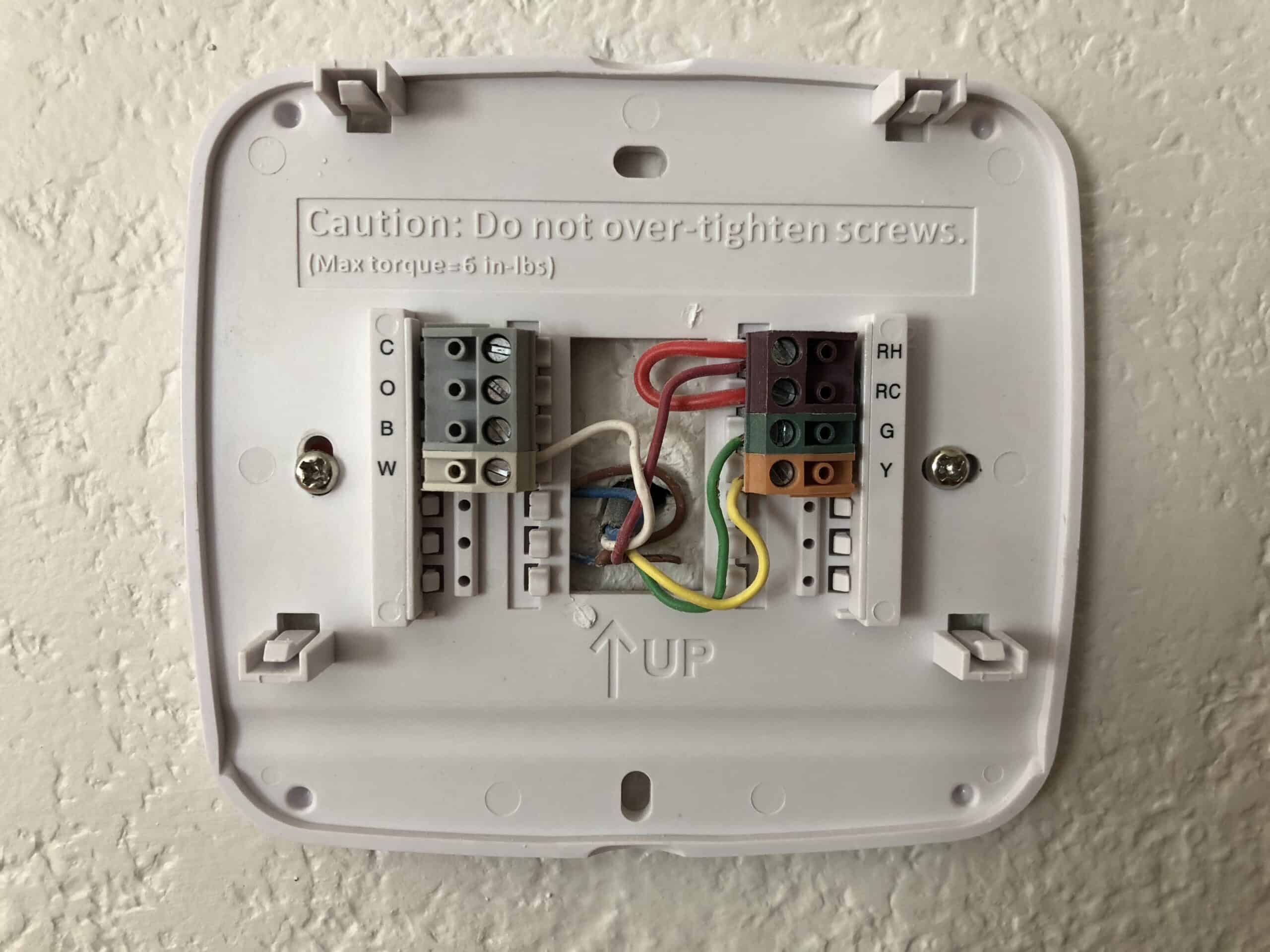

Home Automation Appliances
What Is The “Y” Wire On A Thermostat
Modified: January 6, 2024
Learn about the "Y" wire on a thermostat and its role in home automation appliances. Understand how it contributes to efficient temperature control.
(Many of the links in this article redirect to a specific reviewed product. Your purchase of these products through affiliate links helps to generate commission for Storables.com, at no extra cost. Learn more)
Introduction
Welcome to the world of home automation, where comfort and convenience converge through innovative technologies. One of the key components of a smart home is the thermostat, a device that regulates the temperature to ensure optimal comfort and energy efficiency. Understanding the wiring of a thermostat is crucial for homeowners who seek to install, troubleshoot, or upgrade their HVAC systems.
In this article, we will delve into the intricate world of thermostat wiring, focusing specifically on the “Y” wire. By the end, you will have a comprehensive understanding of the “Y” wire’s function, compatibility with various HVAC systems, and troubleshooting methods. Whether you are a seasoned DIY enthusiast or a homeowner looking to gain insight into your home’s heating and cooling system, this guide will equip you with valuable knowledge to navigate the complexities of thermostat wiring.
Key Takeaways:
- The “Y” wire in thermostat wiring is like the conductor of an orchestra, signaling the air conditioning unit to start the cooling process when the thermostat detects the need for lower temperatures.
- Understanding the “Y” wire’s functions and troubleshooting methods empowers homeowners to optimize their home’s cooling capabilities, ensuring year-round comfort and energy efficiency.
Read more: What Is The Orange Wire On A Thermostat
Understanding Thermostat Wiring
Thermostat wiring serves as the central nervous system of your home’s heating, ventilation, and air conditioning (HVAC) system. It connects the thermostat to the HVAC equipment, enabling communication and control over the temperature settings. Understanding the various wires and their functions is essential for anyone seeking to install or troubleshoot a thermostat.
Thermostat wiring typically consists of several color-coded wires, each serving a specific purpose. These wires may include the “R” (power), “C” (common), “W” (heat), “Y” (cooling), “G” (fan), and “O/B” (reversing valve for heat pumps) wires. Each wire plays a crucial role in facilitating the communication between the thermostat and the HVAC system, ensuring seamless operation and temperature regulation.
As we explore the “Y” wire in detail, it’s important to grasp the fundamental principles of thermostat wiring. By understanding the roles of each wire and how they interconnect, you can gain a comprehensive understanding of your home’s HVAC system, empowering you to make informed decisions and perform basic troubleshooting when necessary.
The “Y” Wire: What Is It?
Among the various wires used in thermostat wiring, the “Y” wire holds a pivotal role in controlling the cooling function of an HVAC system. The “Y” wire, often colored yellow, is responsible for signaling the air conditioning unit to initiate the cooling process when the thermostat detects a need for lower temperatures.
When the thermostat calls for cooling, it sends a signal through the “Y” wire to the air conditioning unit, prompting it to engage and begin the cooling cycle. This seamless communication between the thermostat and the HVAC system is made possible by the “Y” wire, ensuring that your home remains comfortable during warmer periods.
Understanding the “Y” wire’s function is essential for homeowners, as it directly impacts the cooling capabilities of the HVAC system. By comprehending how the “Y” wire facilitates the communication between the thermostat and the air conditioning unit, you can gain insight into the inner workings of your home’s climate control system.
Whether you are installing a new thermostat, replacing an existing one, or troubleshooting cooling-related issues, recognizing the significance of the “Y” wire empowers you to make informed decisions and effectively manage your home’s temperature regulation.
Functions of the “Y” Wire
The “Y” wire serves multiple crucial functions within a thermostat and HVAC system, primarily revolving around the activation and control of the cooling process. Understanding these functions is essential for homeowners and HVAC enthusiasts seeking to optimize their home’s climate control capabilities.
1. Cooling Activation: The primary function of the “Y” wire is to initiate the cooling cycle of the HVAC system. When the thermostat detects a need for lower temperatures, it sends a signal through the “Y” wire to prompt the air conditioning unit to start the cooling process. This seamless communication ensures that your home remains comfortable during warm weather.
2. Energy Efficiency: By efficiently activating the air conditioning unit when necessary, the “Y” wire contributes to energy efficiency. It allows the HVAC system to provide cooling only when required, preventing unnecessary operation and conserving energy, ultimately leading to cost savings and reduced environmental impact.
3. Temperature Regulation: The “Y” wire plays a pivotal role in maintaining precise temperature regulation within your home. By accurately signaling the cooling cycle, it ensures that the desired temperature set on the thermostat is achieved, enhancing comfort and creating a conducive indoor environment.
4. Compatibility with Heat Pumps: In systems with heat pumps, the “Y” wire facilitates the seamless transition between heating and cooling modes. When the thermostat calls for cooling, the “Y” wire ensures that the heat pump switches to the appropriate mode, allowing for efficient and reliable climate control throughout the year.
Understanding the multifaceted functions of the “Y” wire empowers homeowners to make informed decisions regarding thermostat installation, maintenance, and troubleshooting. By recognizing the pivotal role of the “Y” wire in controlling the cooling process and optimizing energy efficiency, you can enhance the performance and reliability of your home’s HVAC system.
The “Y” wire on a thermostat is typically used to control the air conditioning system. It sends a signal to the AC unit to turn on when the temperature rises above the set point.
Compatibility of “Y” Wire with Different HVAC Systems
The “Y” wire, a fundamental component of thermostat wiring, exhibits versatile compatibility with various HVAC systems, including conventional central air conditioning units and heat pump systems. Understanding how the “Y” wire integrates with different HVAC configurations is essential for homeowners seeking to optimize their climate control capabilities.
1. Central Air Conditioning Systems: In traditional central air conditioning systems, the “Y” wire plays a pivotal role in activating the cooling cycle. When the thermostat signals the need for lower temperatures, the “Y” wire facilitates the seamless communication with the air conditioning unit, ensuring efficient and reliable cooling throughout your home. Homeowners with central air conditioning systems rely on the “Y” wire to maintain optimal indoor comfort during warm weather.
2. Heat Pump Systems: The “Y” wire’s compatibility extends to heat pump systems, where it enables the seamless transition between heating and cooling modes. When the thermostat calls for cooling, the “Y” wire ensures that the heat pump switches to the appropriate mode, allowing for efficient and reliable climate control. This versatility makes the “Y” wire an indispensable component in homes equipped with heat pump systems, providing year-round comfort and energy efficiency.
3. Zoned HVAC Systems: For homes with zoned HVAC systems, the “Y” wire’s compatibility extends to multiple zones, allowing for independent temperature control in different areas of the home. Whether it’s activating the cooling cycle in a specific zone or coordinating with a central air conditioning unit, the “Y” wire enables precise climate control tailored to the unique needs of each zone, enhancing comfort and energy efficiency.
Understanding the compatibility of the “Y” wire with different HVAC systems empowers homeowners to make informed decisions when selecting, installing, or upgrading thermostats. By recognizing the seamless integration of the “Y” wire with central air conditioning units, heat pumps, and zoned HVAC systems, you can optimize your home’s climate control capabilities and ensure year-round comfort and energy efficiency.
Read more: What Is A C-Wire On A Thermostat
Troubleshooting “Y” Wire Issues
While the “Y” wire plays a crucial role in controlling the cooling cycle of your HVAC system, issues may arise that can impact its functionality. Understanding common “Y” wire-related problems and implementing effective troubleshooting strategies is essential for maintaining optimal climate control in your home.
1. Intermittent Cooling: If your air conditioning unit exhibits intermittent cooling or fails to activate when the thermostat calls for lower temperatures, the “Y” wire may be experiencing connectivity issues. Begin by inspecting the “Y” wire’s connection at both the thermostat and the HVAC system to ensure a secure and stable connection. Loose or corroded terminals can impede the signal transmission, leading to erratic cooling performance.
2. Faulty Thermostat: A malfunctioning thermostat can also lead to “Y” wire-related issues. If the thermostat fails to send the signal through the “Y” wire to the air conditioning unit, cooling activation may be compromised. Consider recalibrating or replacing the thermostat to rectify potential communication errors and ensure seamless operation of the “Y” wire.
3. Compatibility Challenges: When upgrading or replacing thermostats, compatibility issues with the “Y” wire may arise. Newer thermostat models may require additional configuration or wiring adjustments to effectively integrate with the existing HVAC system. Refer to the manufacturer’s guidelines and seek professional assistance if needed to ensure seamless compatibility and proper utilization of the “Y” wire.
4. Electrical Faults: Electrical issues, such as short circuits or damaged wiring, can impede the functionality of the “Y” wire. Conduct a thorough inspection of the wiring, ensuring that the “Y” wire is free from damage and securely connected. Address any electrical faults promptly to prevent disruptions in the cooling cycle and maintain consistent climate control.
5. Professional Assessment: In cases where troubleshooting efforts do not resolve “Y” wire-related issues, seeking professional HVAC assistance is advisable. HVAC technicians possess the expertise and diagnostic tools to identify and address underlying issues affecting the “Y” wire, ensuring the reliable operation of your home’s cooling system.
By proactively addressing “Y” wire-related issues through systematic troubleshooting and, if necessary, professional intervention, homeowners can optimize the performance of their HVAC systems and ensure uninterrupted cooling capabilities. Understanding the potential challenges associated with the “Y” wire empowers homeowners to maintain a comfortable indoor environment while maximizing energy efficiency.
Conclusion
As we conclude our exploration of the “Y” wire in thermostat wiring, it becomes evident that this seemingly simple component plays a pivotal role in the efficient operation of HVAC systems, particularly in facilitating the cooling cycle. Understanding the functions, compatibility, and troubleshooting methods related to the “Y” wire empowers homeowners to optimize their home’s climate control capabilities and address potential issues proactively.
From activating the cooling cycle to ensuring energy efficiency and compatibility with various HVAC systems, the “Y” wire serves as a linchpin in the seamless communication between the thermostat and the air conditioning unit. Its multifaceted functions contribute to the overall comfort and energy efficiency of homes, making it a critical element in the realm of home automation and climate control.
By recognizing the significance of the “Y” wire and its integration within thermostat wiring, homeowners and DIY enthusiasts can navigate the complexities of HVAC systems with confidence. Whether it’s troubleshooting intermittent cooling, ensuring compatibility with new thermostats, or maintaining secure connections, a comprehensive understanding of the “Y” wire empowers individuals to optimize their home’s cooling capabilities and foster a comfortable indoor environment.
As technology continues to advance and smart home solutions become increasingly prevalent, the role of the “Y” wire in thermostat wiring remains integral to the seamless operation of HVAC systems. By staying informed and proactive in addressing “Y” wire-related issues, homeowners can harness the full potential of their climate control systems, ensuring year-round comfort, energy efficiency, and peace of mind.
In the dynamic landscape of home automation and HVAC technology, the “Y” wire stands as a testament to the intricate synergy between simplicity and significance, embodying the essence of seamless climate control and optimal comfort within the modern home.
Frequently Asked Questions about What Is The "Y" Wire On A Thermostat
Was this page helpful?
At Storables.com, we guarantee accurate and reliable information. Our content, validated by Expert Board Contributors, is crafted following stringent Editorial Policies. We're committed to providing you with well-researched, expert-backed insights for all your informational needs.
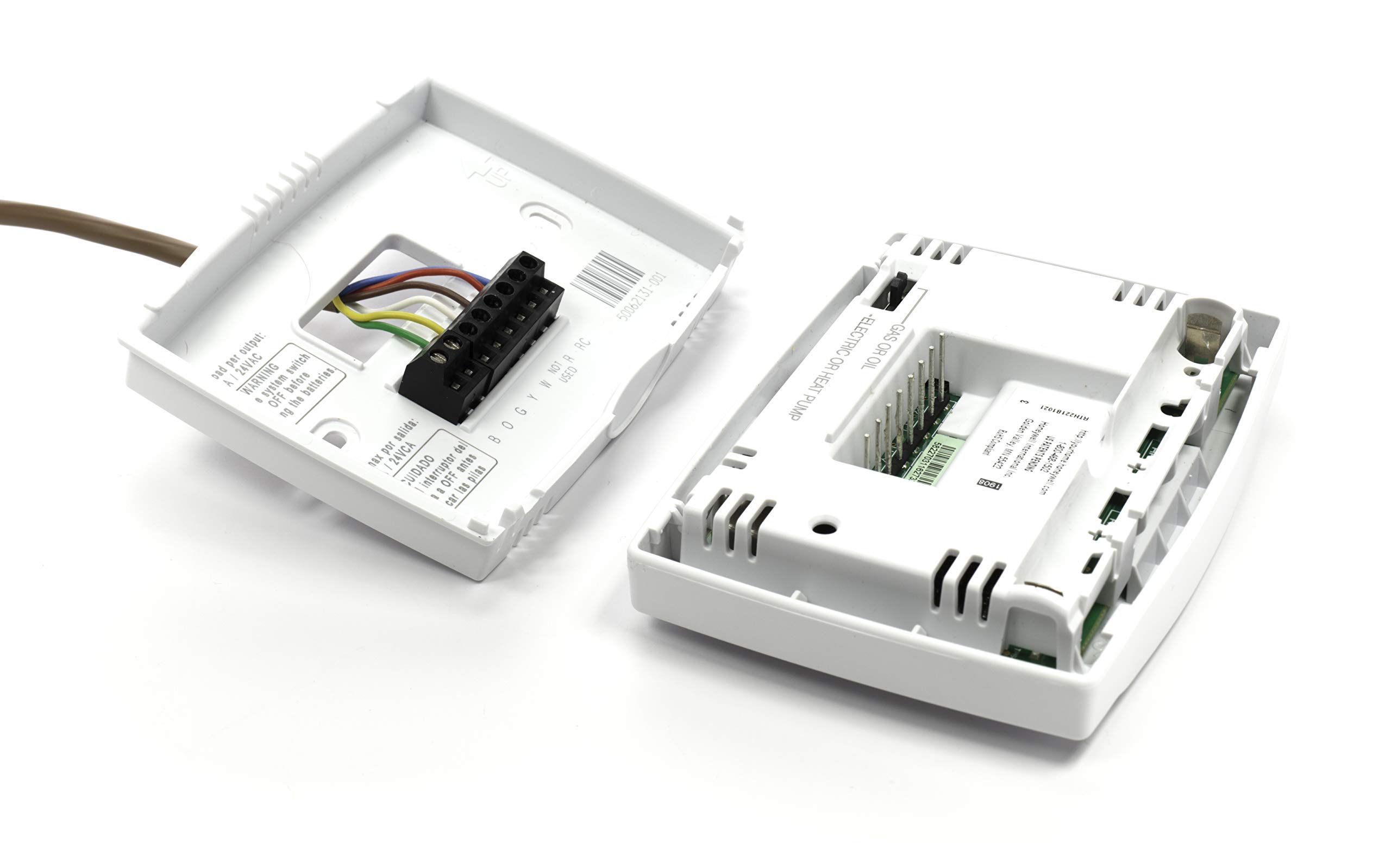
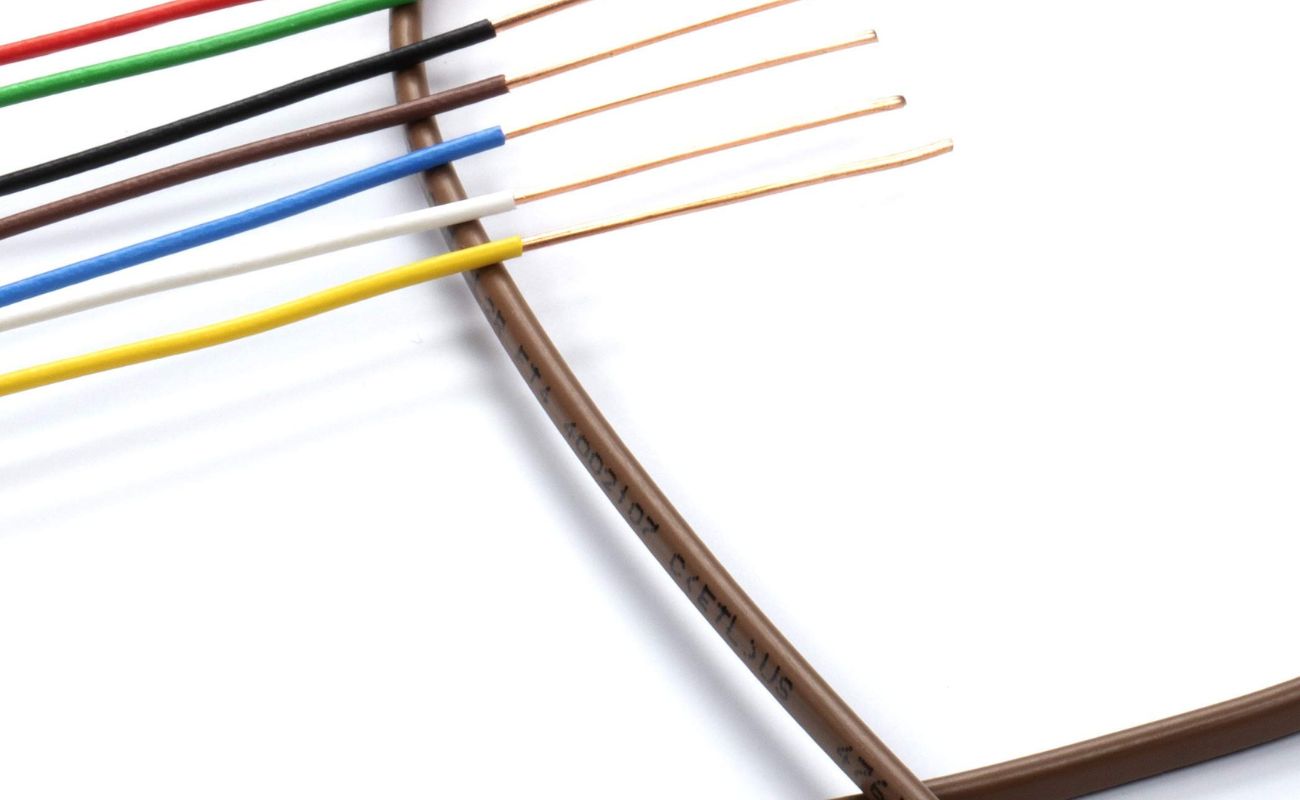
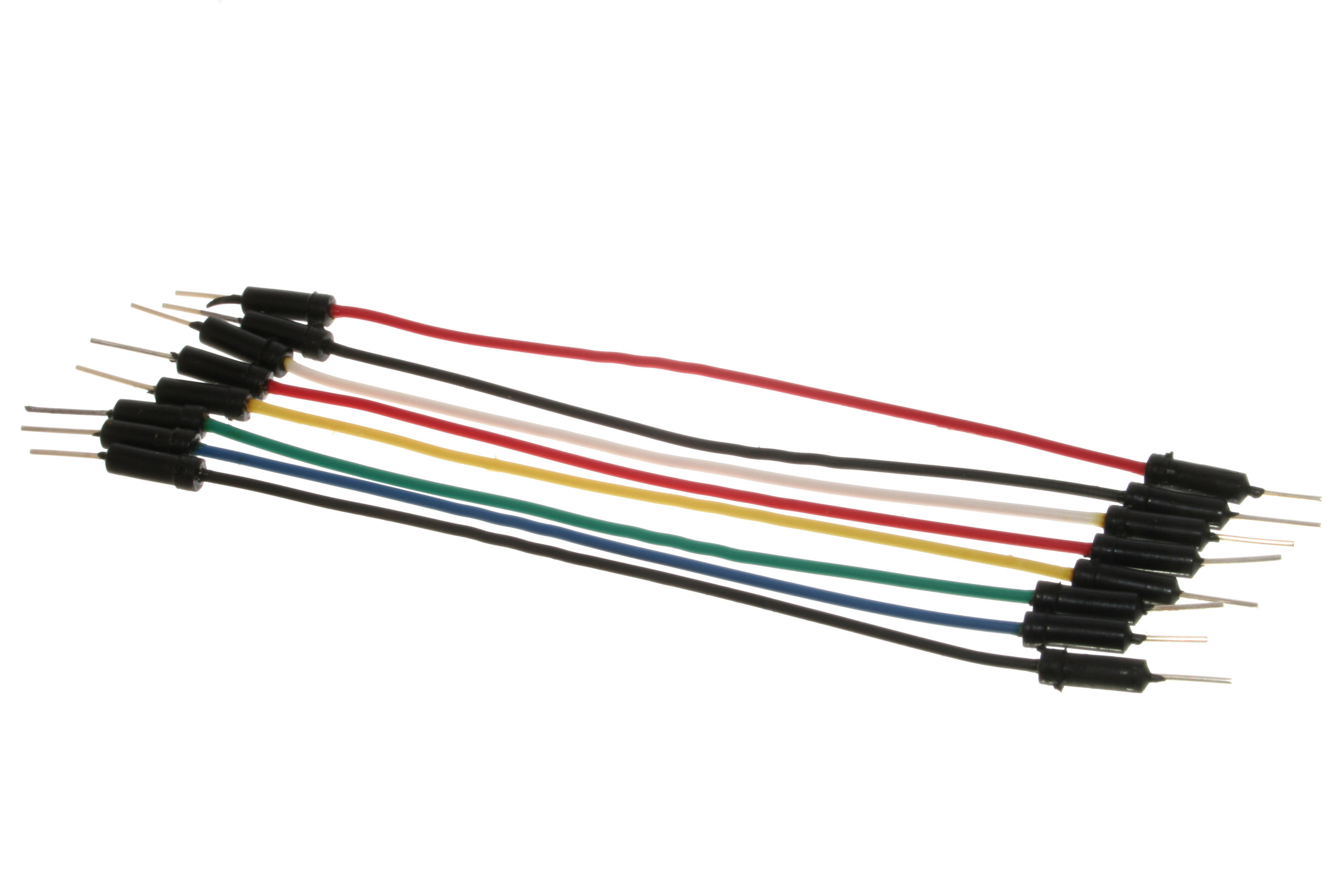
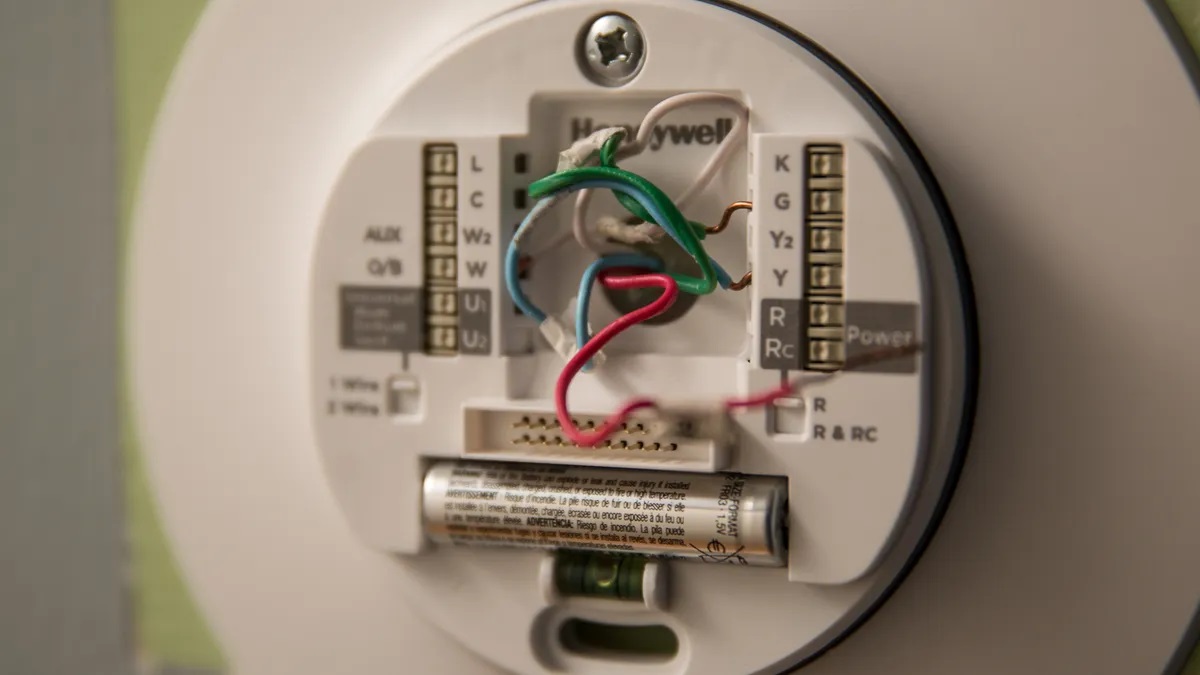
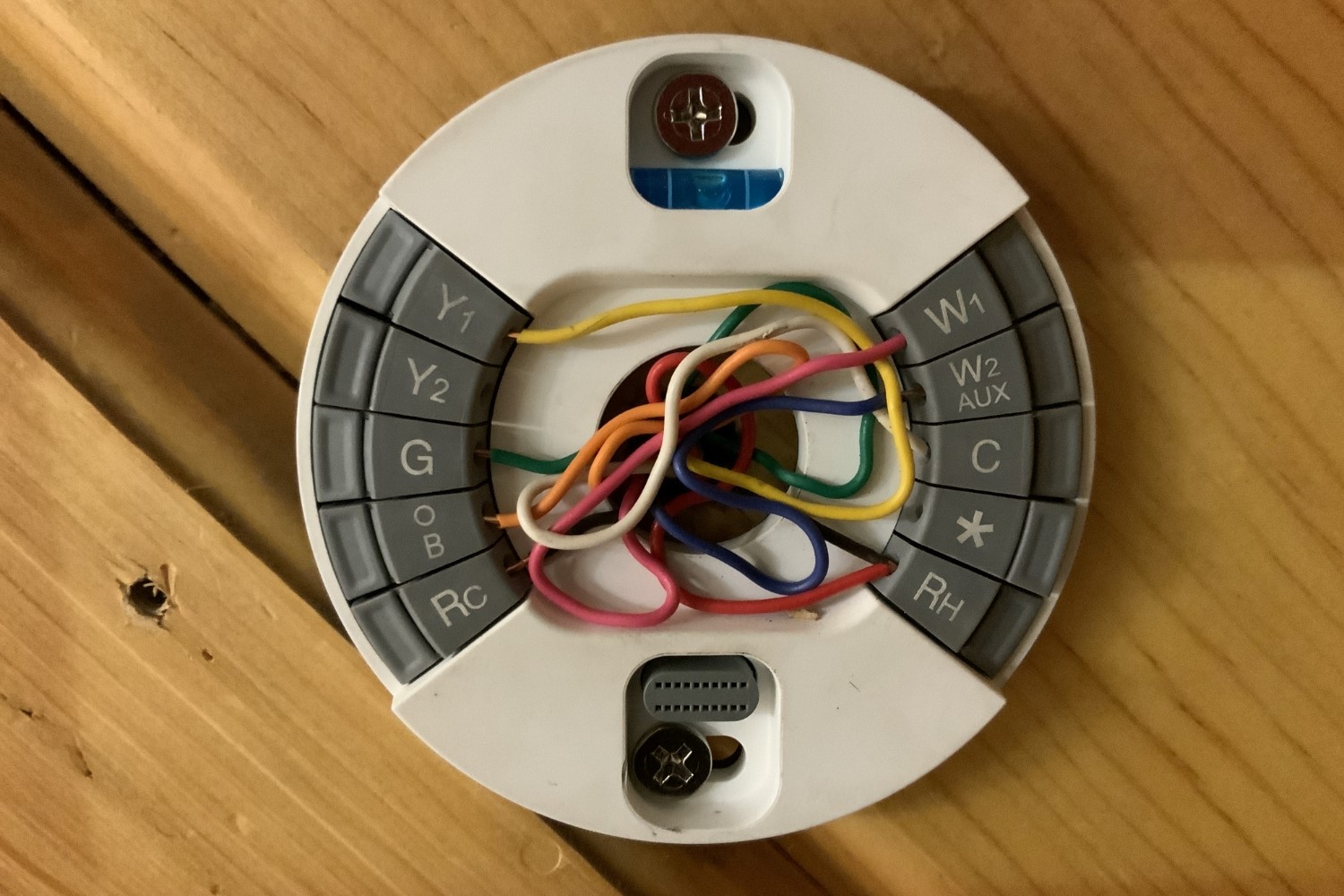
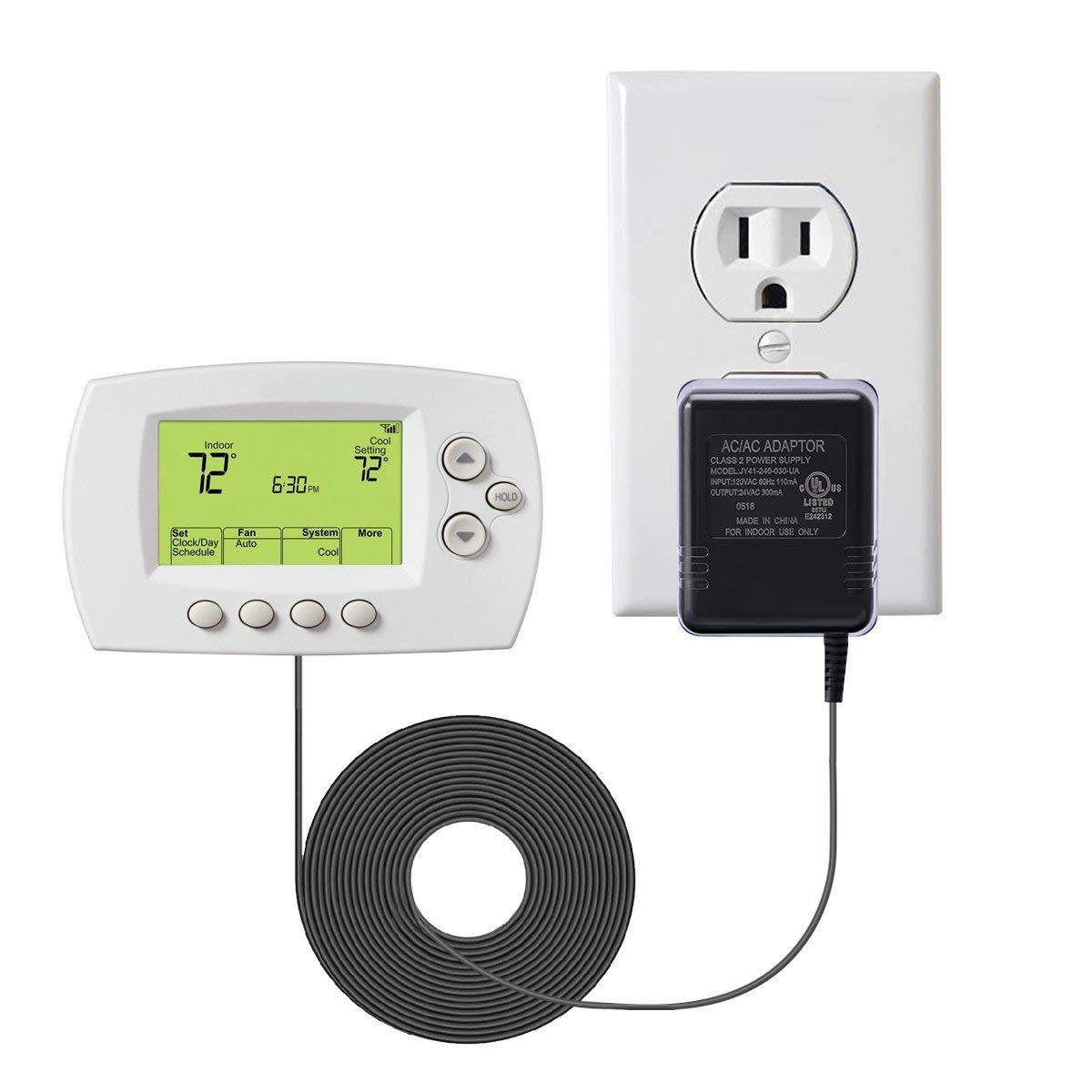
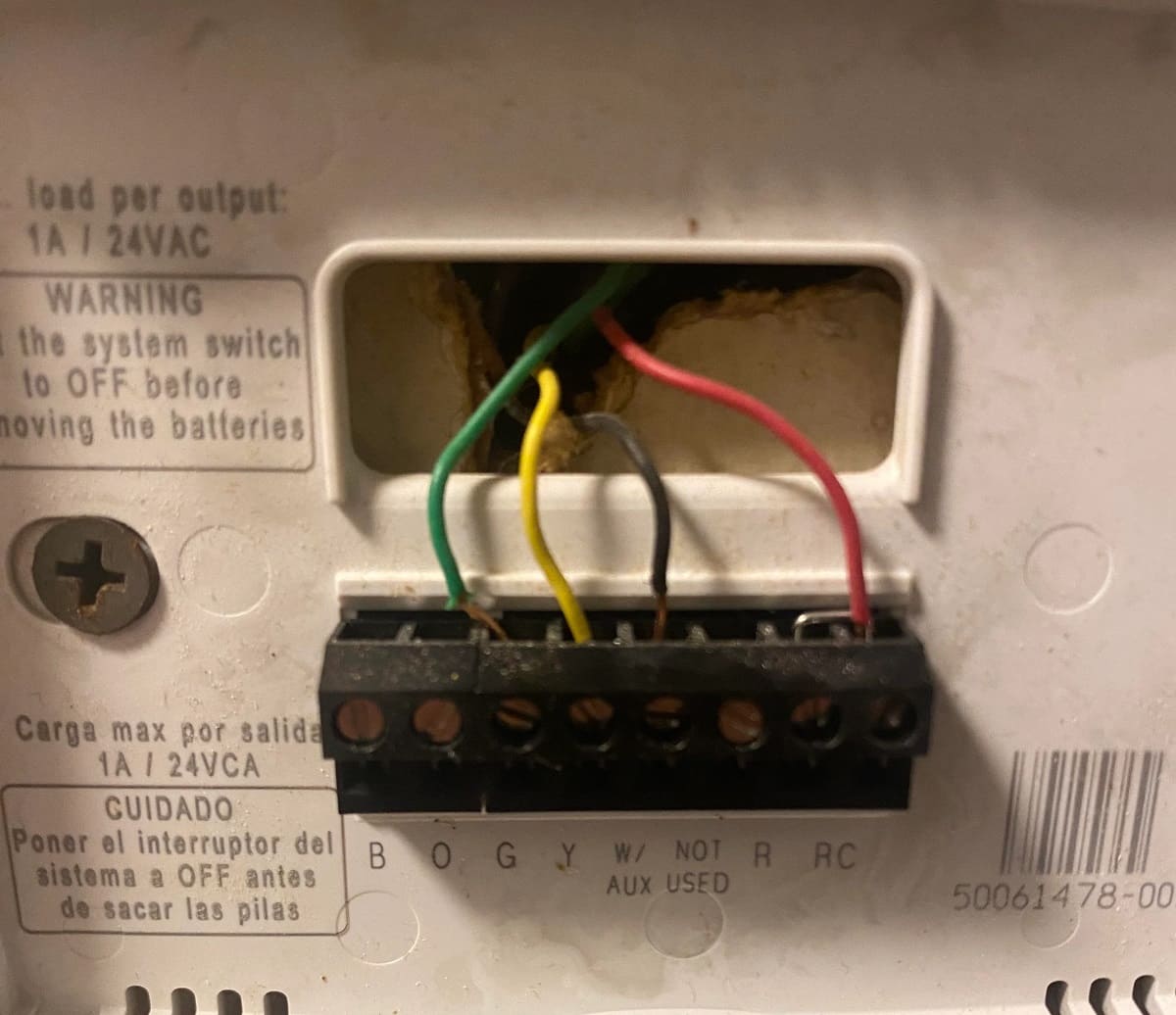
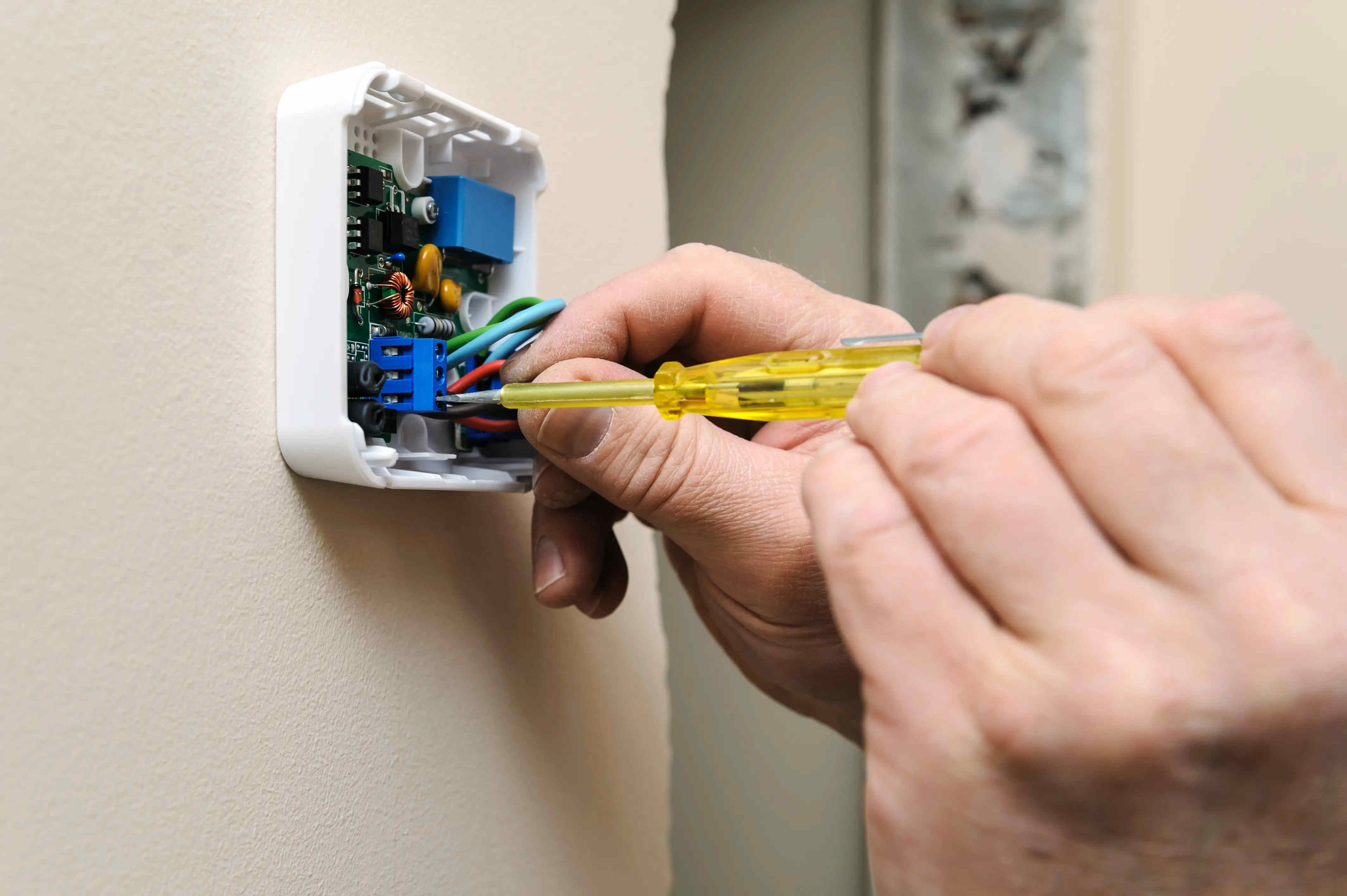
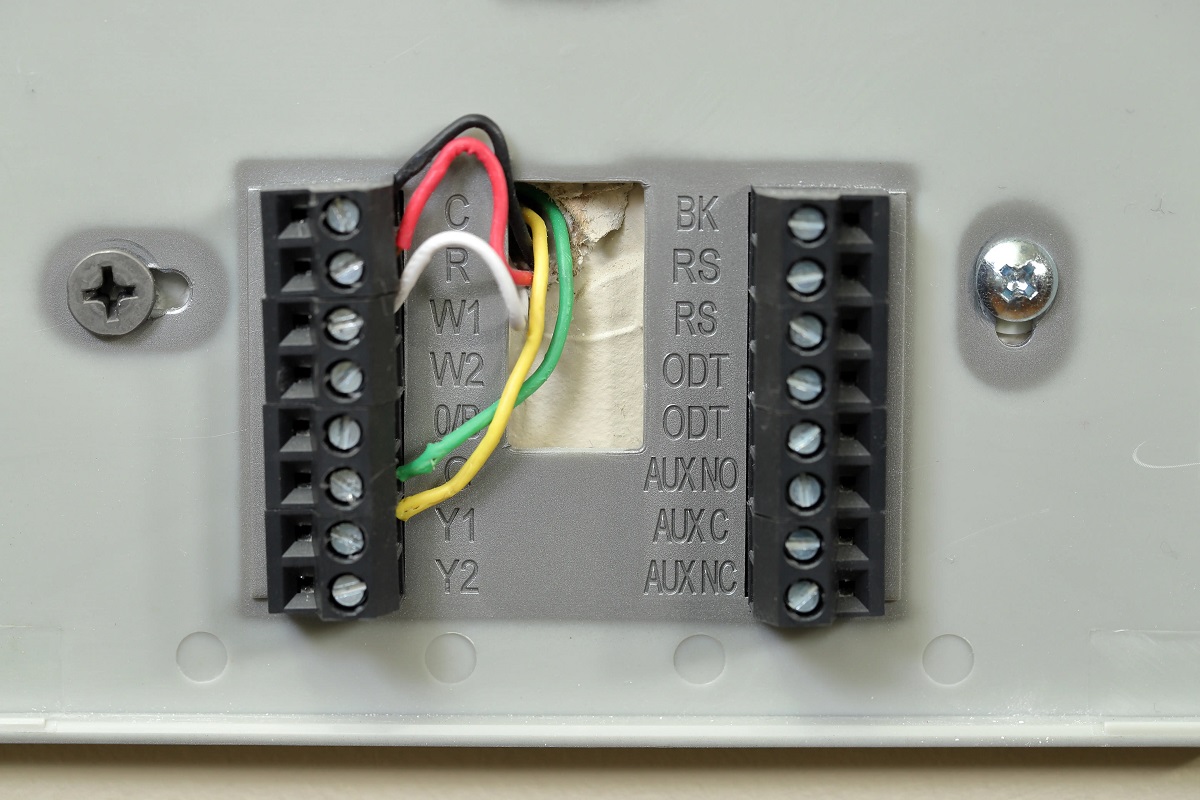
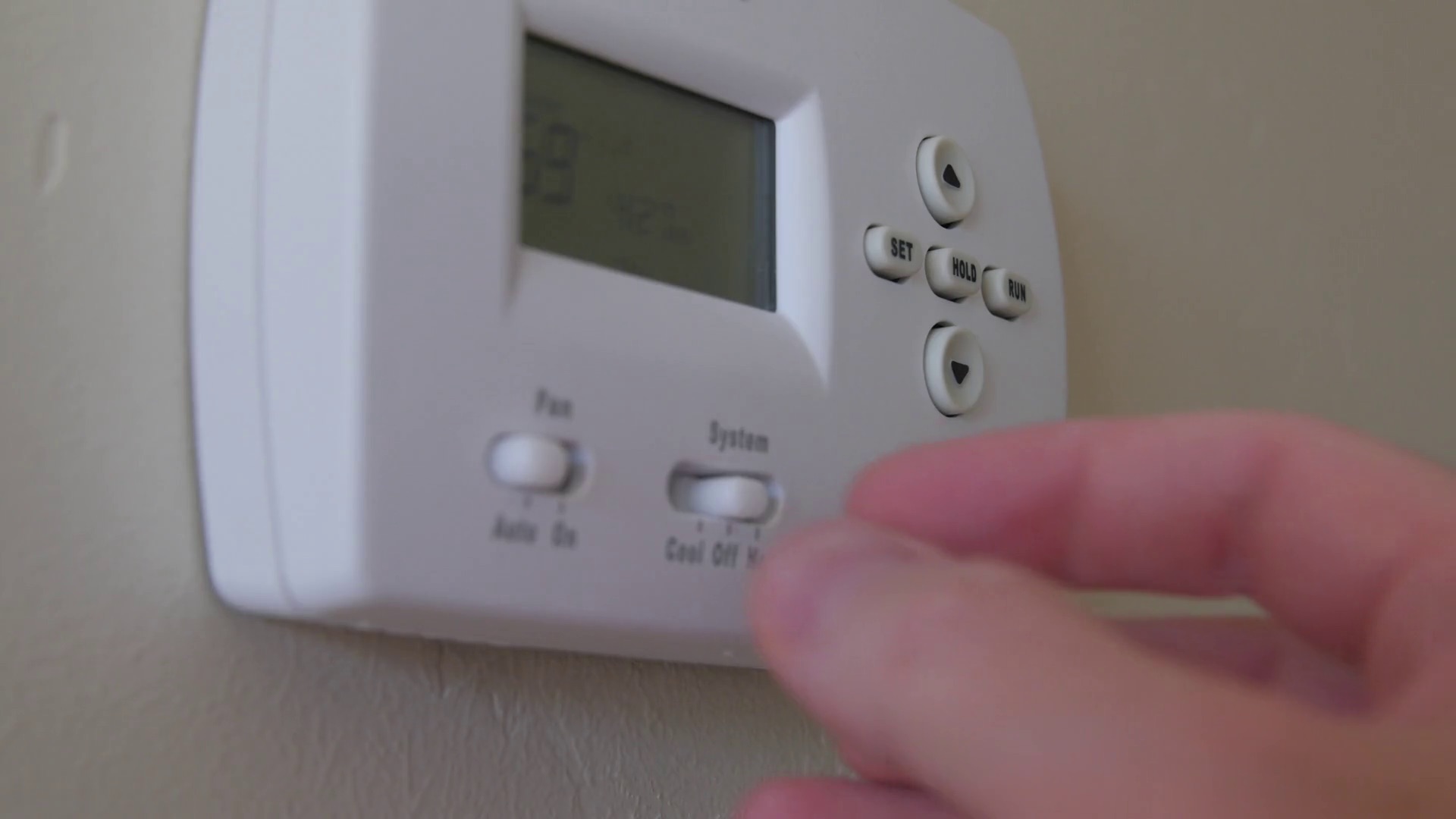
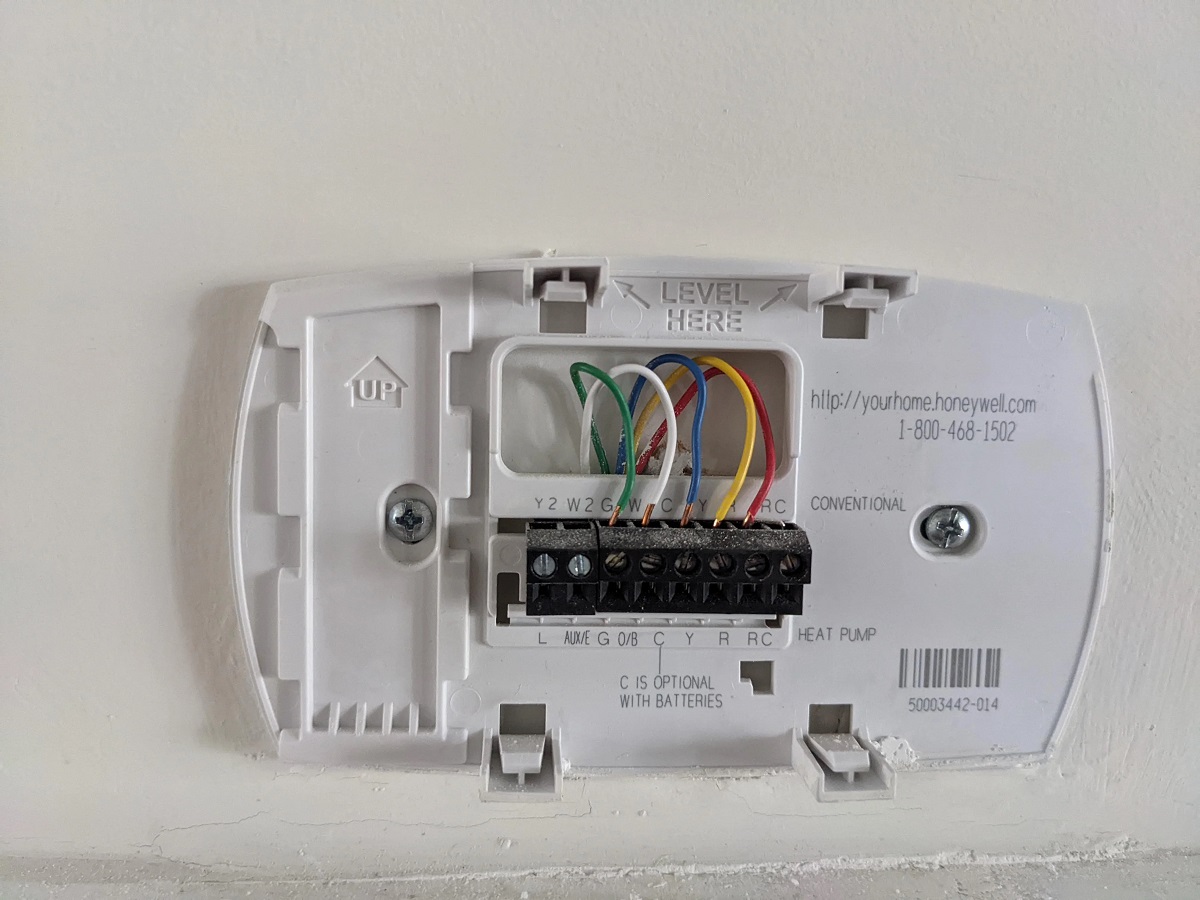
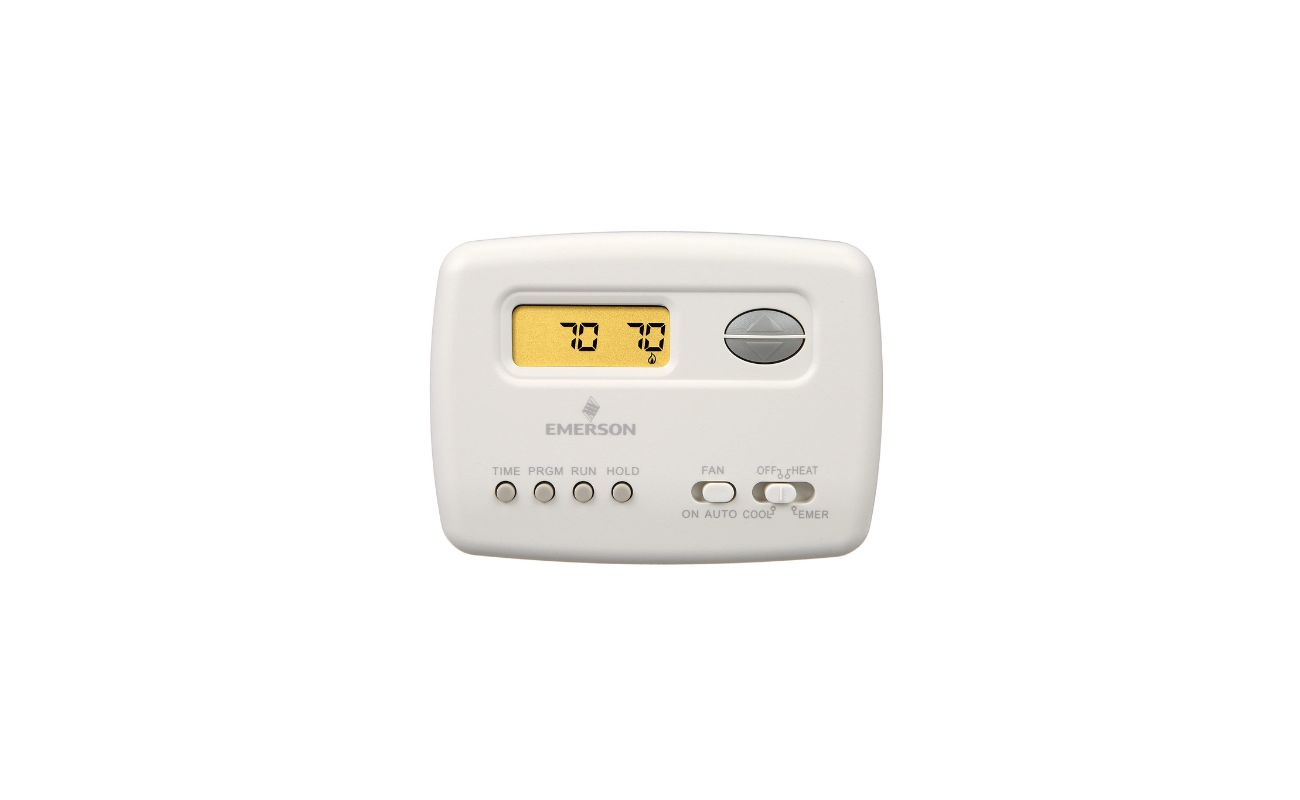
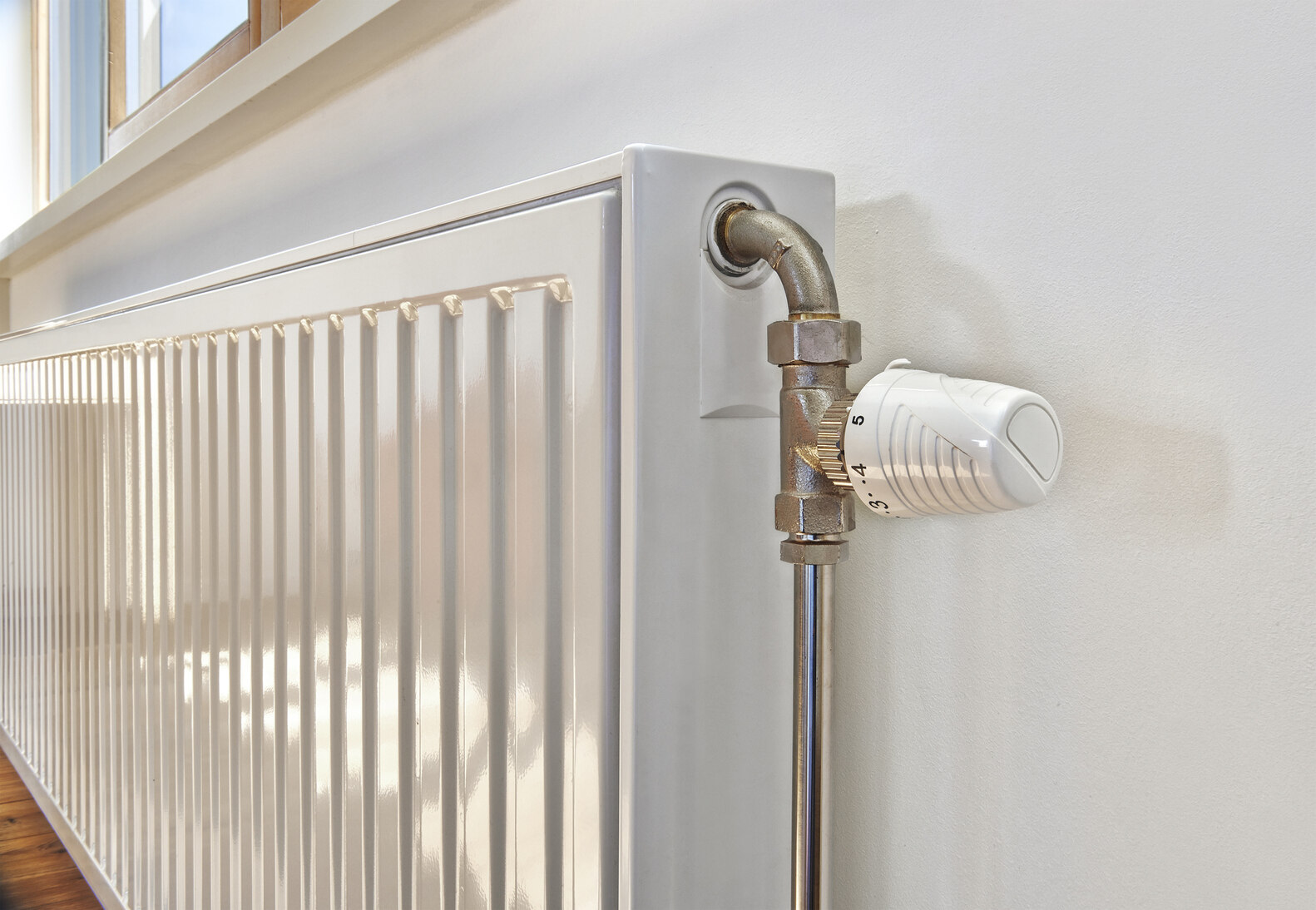
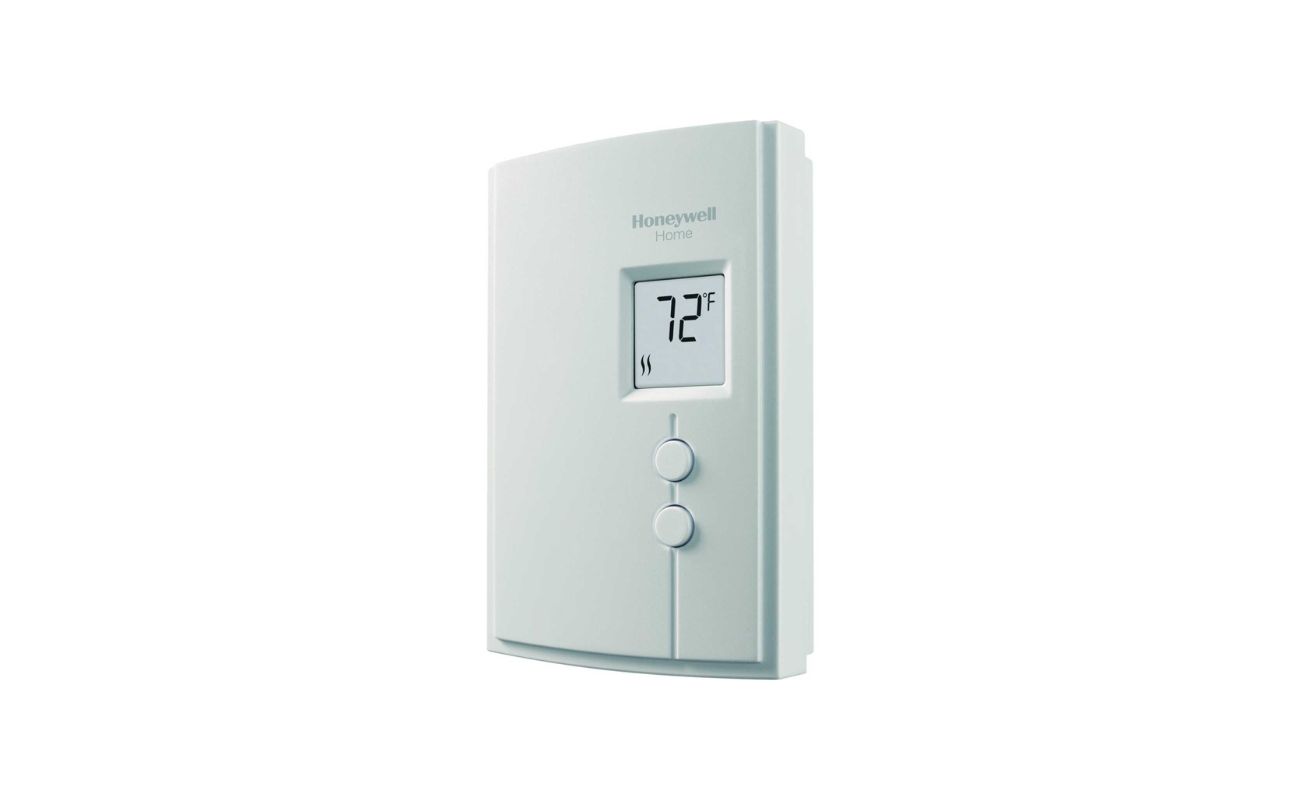

0 thoughts on “What Is The “Y” Wire On A Thermostat”